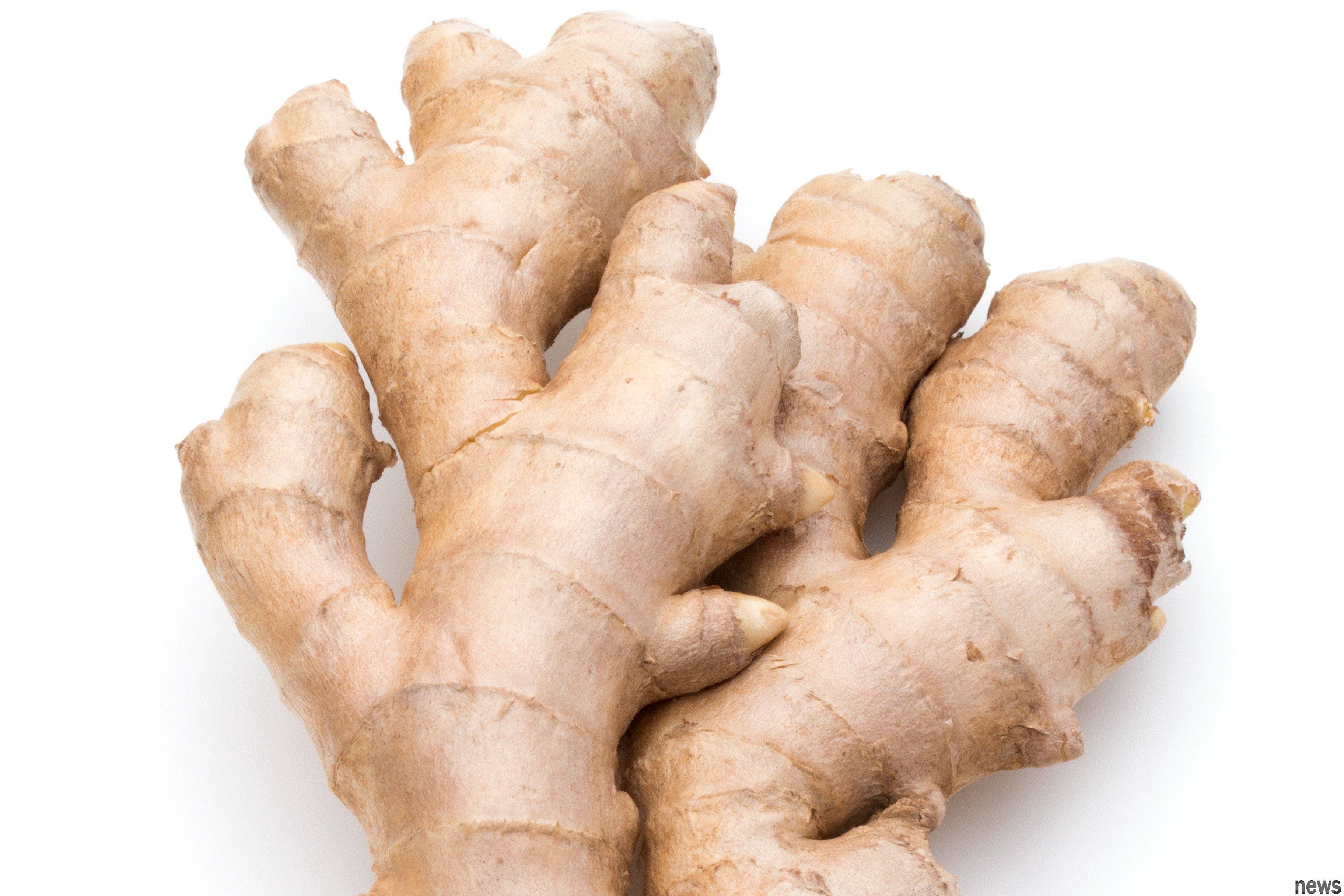
Spice is mainly used to increase the aroma of food. Spice plants can be divided into spices and aromatics. The former is such as stew, ginger, garlic, star anise, pepper, etc. that are indispensable in Chinese dishes, as well as marmalade, fennel, ginger, cloves, etc., which are commonly seen in Southeast Asian foods; aromatics such as mint, stew, thyme, cinnamon, lavender, etc. commonly used in Western food. In addition to improving the flavor and allowing the eater to breathe, these spices also have their own nutritional value. The most important thing is to reduce the use of high-grade flavoring ingredients such as salt.
Types of gingerFormer director of the ginger community development association of ginger, Atu, said that common ginger in Taiwan include Guangdong ginger, bamboo ginger, ginger yellow, and southern ginger, and each has slightly different characteristics.
. Old ginger: Also known as Guangdong ginger, it contains spicy ginger and has a fishy effect, is commonly used in winter and Hakka cuisine (白病病病病病) and other products.
. Bamboo ginger: The spicy taste is more spicy and has a heavier taste. It is often used to cook and cook, but it is not easy to cut into pieces compared to the old ginger. It is common to use red and cleansing dishes.
. Yeast: It is common in Chinese medicine, plant dyes, curry, and tea making. It is made of ginger yellow. It has no spicy taste, but has more bitter taste.
. Nanyan: It is not common to eat in Taiwan. It is mostly seen in Nanyang cuisine (such as sea soup), and it is also used to make peach and plums, which is spicy and spicy and has a fragrant aroma.
As for how to distinguish between young ginger, pink ginger and old ginger? Asu said that it is mainly based on the collection time area of Guangdong ginger and bamboo ginger. The harvested before the Mid-Autumn Festival is "Tender Ginseng", which can be used as marinated, fried, and soup; "Powder Ginseng" is used between the Mid-Autumn Festival and the Winter Solstice. Because the use of marinated glass is too spicy and the soup tastes bad, it is less collected; "Old Ginseng" is collected after the Mid-Autumn Festival, for the last stage of harvest, and will also be used as the ginger for the next year.
The nutritional value of gingerLi Wanping said that ginger has "gingerol" to improve the body's antioxidant and anti-inflammatory properties, and can reduce blood viscosity, which is beneficial to the cardiovascular system. In addition, ginger can relieve vomiting and not be suitable. Slice the ginger, boil it in brown sugar water, and then stir-fry the ginger to collect the juice. It can create a honey-like texture and retain the nutrients that can relieve vomiting during pregnancy.
Li Wanping said that ginger will be a "belly-pressing meal" after women's production, and cook it with brown sugar and chicken eggs to warm the stomach. If gastroesophageal reflux is used to make the gastroesophageal reflux, it is easy to get rid of the gastroesophageal spices, and you can change to ginger, which is the safest ingredient.
Principles for choosing gingerIn terms of selection, Atu said that you should pay attention to whether there is abscess in the appearance. If there is abscess, it may be caused by bacteria. You can also choose a method of cooking. For example, if you want to use "photographs", you can buy small ginger; if you want to cut and slice, you can choose the longer ones.
Eating taboos for gingerPeople with chronic kidney failure should avoid using ginger to cook soup, which will be irritating if it is used as a dish.
How to preserve gingerAtu said that ginger can be eaten even if it sprouts, but its fiber value will increase after sprouts, which slightly affects the taste. When it is stored, ginger is not suitable for sunlight and needs to be placed in the rind. It can be coated in moist paper and placed in the refrigerator, or washed and cooled; it can even be placed in a potted plant, buried in soil, and then taken out when needed.
Responsible editor: Gu Zihuan